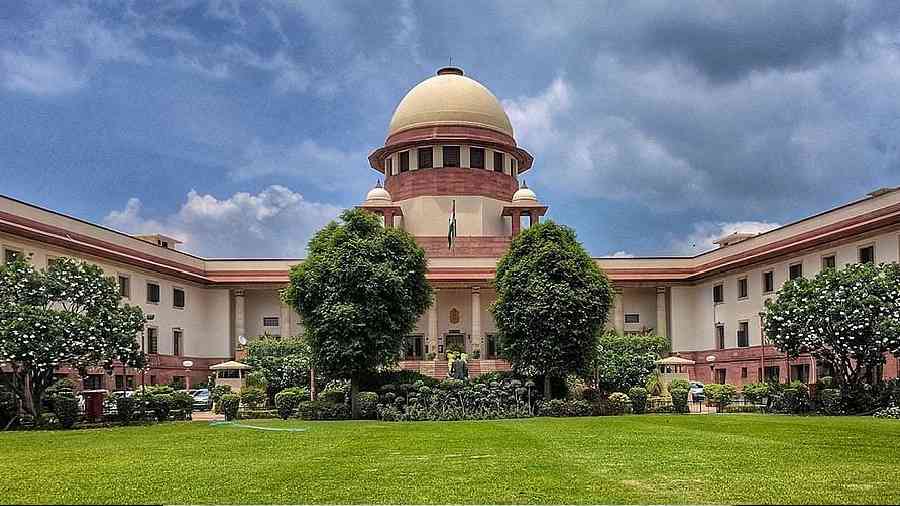The Supreme Court, in Laxman Prasad @Laxman v. State of Madhya Pradesh (2024 LiveLaw (SC) 489, emphasized the importance of a complete and unbroken chain of circumstantial evidence. The court overturned a life sentence imposed in a case where the chain of evidence was found to be lacking. The Supreme Court has emphasized the need for a comprehensive and unbroken chain of evidence in cases relying on circumstantial evidence.
In light of this principle, the court has overturned the conviction and life sentence imposed by the Madhya Pradesh High Court in 2010 for a murder case. In this case, the evidence presented was deemed insufficient to establish the guilt of the accused and rule out alternative theories of crime.
Madhya Pradesh High Court
The prosecution presented before the High Court three key elements of evidence against the accused: 1) motive, 2) the accused last seen near the crime scene, and 3) the recovery of the weapon used in the crime, which was pointed out by the appellant.

Upon reviewing the evidence, the High Court agreed with the findings regarding the motive and where the accused was last seen. Nevertheless, taking into account the overall weight of the evidence, including the compelling evidence of the accused being last seen and the motive, the High Court upheld the conviction.
Ratio & Judgement
Justice Vikram Nath and Justice Ahsanuddin Amanullah, presiding over the bench, acknowledged that the High Court concurred with the determination of motive and the last sighting of the accused. However, the High Court deemed the recovery of the weapon used in the assault and the blood-stained clothes as ‘invalid’.

The Court observed that the High Court went so far as to state that the recovery of evidence did not indicate the appellant’s guilt in committing the offence. Nevertheless, the High Court, taking into account the overall picture and other compelling evidence, such as the last sighting of the accused and the motive, upheld the conviction. The Court expressed its disagreement with the conclusion reached by the High Court, stating that it did not strictly align with the principles of law.
Citing previous judgments such as Sailendra Rajdev Pasvan vs. State of Gujarat and S. Birdhichand Sarda vs. State of Maharashtra, the Court restated the principle that in cases relying on circumstantial evidence, the entire chain of evidence must be complete and establish the guilt of the accused. Therefore, if the High Court found that one of the crucial links was missing and not proven, it should have intervened and overturned the conviction following established legal principles. As a result, the Court allowed the appeal and set aside the conviction and life imprisonment sentence.
Similar Case Laws
In the case of Bhagwat s/o. Narayan Mundhe v. State of Maharashtra (2017 SCC OnLine Bom 6604), the Bombay High Court held that the chain of evidence must be sufficiently comprehensive to establish, with a high degree of likelihood, that the accused committed the act. However, in the Bhagwat case, the cross-examination of the first informant introduced alternative possibilities and raised doubts about the accuracy of his testimony. As a result, the conviction was overturned.

In State of U.P v. Dr Ravindra Prakash Mittal (1992 AIR 2045), the court established 4 essential elements to establish guilt through circumstantial evidence which are as follows:
- The circumstances relied upon must be completely proven and of a conclusive nature
- The circumstances should be conclusive
- All facts should align solely with the presumption of guilt and contradict any possibility of innocence
- The circumstances should leave no moral uncertainty and firmly eliminate the possibility of anyone other than the accused being responsible for the crime.













